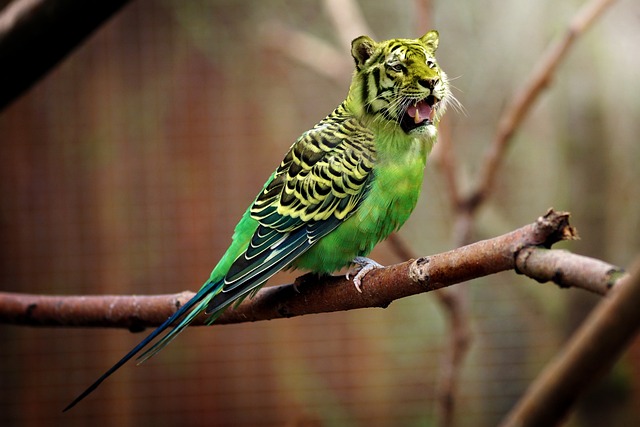Motion graphics, a captivating blend of art and technology, have emerged as a powerful medium for expressing cultural narratives and themes. As artists and designers continue to explore the boundaries of creativity, motion graphics become a vibrant canvas, allowing for dynamic storytelling that resonates with viewers on multiple levels.
At the heart of fine arts lies an innate desire to communicate emotions, ideas, and experiences. Traditionally confined to still images and sculptures, this expressive form has seamlessly integrated with modern techniques, enriching our cultural landscape. Motion graphics breathe life into fine arts by offering movement, rhythm, and sound, transforming static visuals into immersive experiences. This remarkable synergy opens up new possibilities for artists, unlocking the potential to engage their audiences in innovative ways.
Culture, too, plays a crucial role in the evolution of motion graphics. As various societies and communities shape their identities, motion graphics serve as a bridge to convey these cultural narratives. From animated documentaries that capture historical events to visually striking promotional pieces for cultural festivals, motion graphics encapsulate the essence of diverse cultures and traditions. Artists can experiment with symbolism, colors, and styles that reflect their heritage, forging a deeper connection between the artwork and its audience.
In the realm of art, motion graphics challenge the conventional boundaries that often separate different disciplines. Artists are no longer limited to static forms but can engage in multi-dimensional storytelling that incorporates elements of film, animation, and graphic design. This versatility allows for a more participatory experience, where viewers can interact with the artwork and delve into its meanings more profoundly. The use of motion in art invites contemplation and reflection, making it an incredibly effective tool for cultural expression.
The rise of technology has further enhanced the role of motion graphics in fine arts and culture. Digital platforms and social media have democratized access to art, enabling creators to reach broader audiences. Artists can share their motion graphics instantaneously, often sparking online dialogues that celebrate cultural diversity and artistic innovation. This interconnectedness fosters an environment where artistic endeavors can thrive, and motion graphics become a vital medium for sharing stories that might otherwise remain untold.
As we continue to explore the intersection of fine arts and culture through motion graphics, it becomes evident that this evolving medium holds immense potential. The ability to tell stories that resonate with people, celebrate diversity, and provoke thought makes motion graphics a unique art form in the 21st century. By embracing the dynamism of motion, artists can engage viewers in new and exciting ways, inviting them to explore the rich tapestry of human experience that defines our collective culture.




